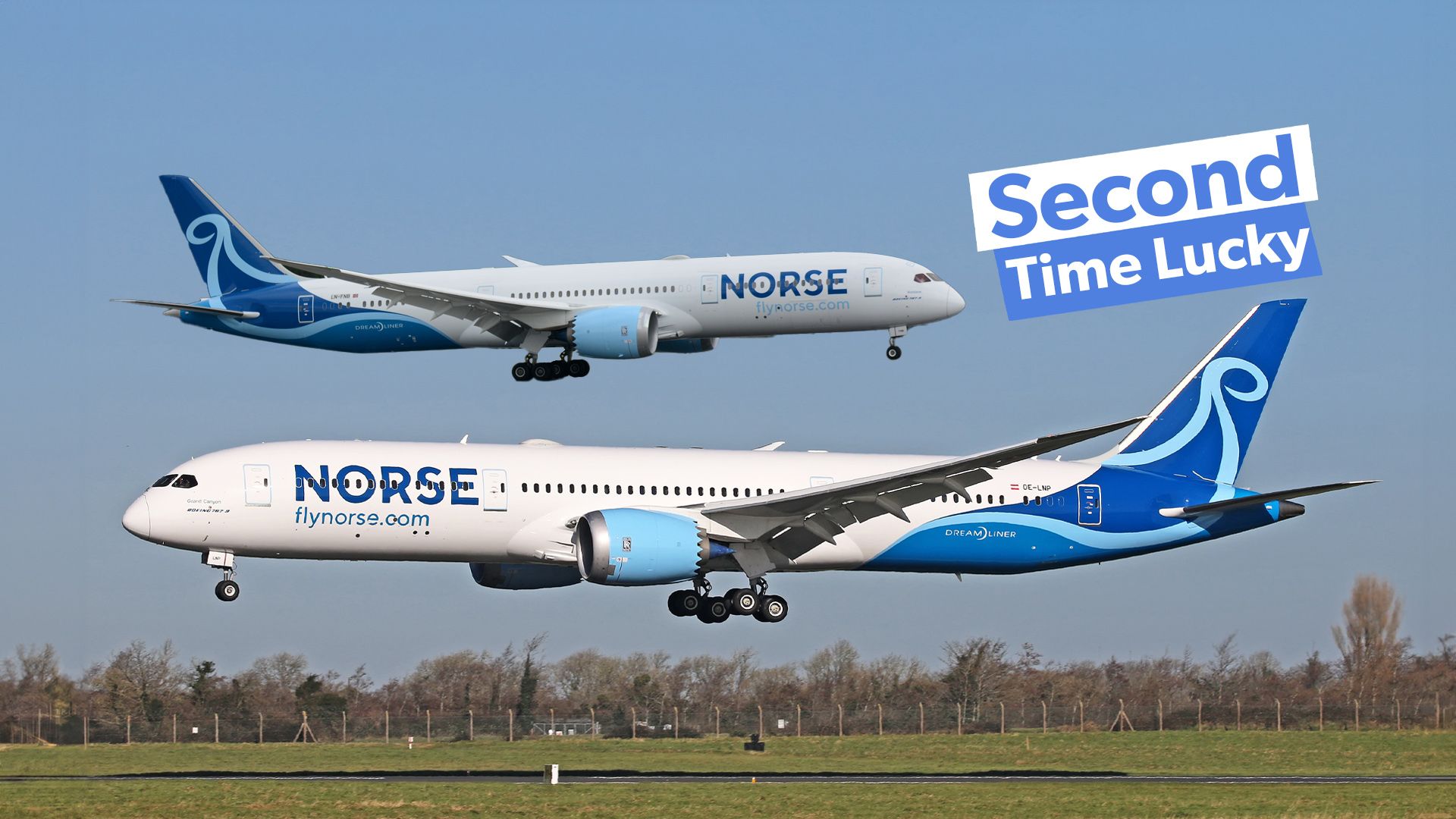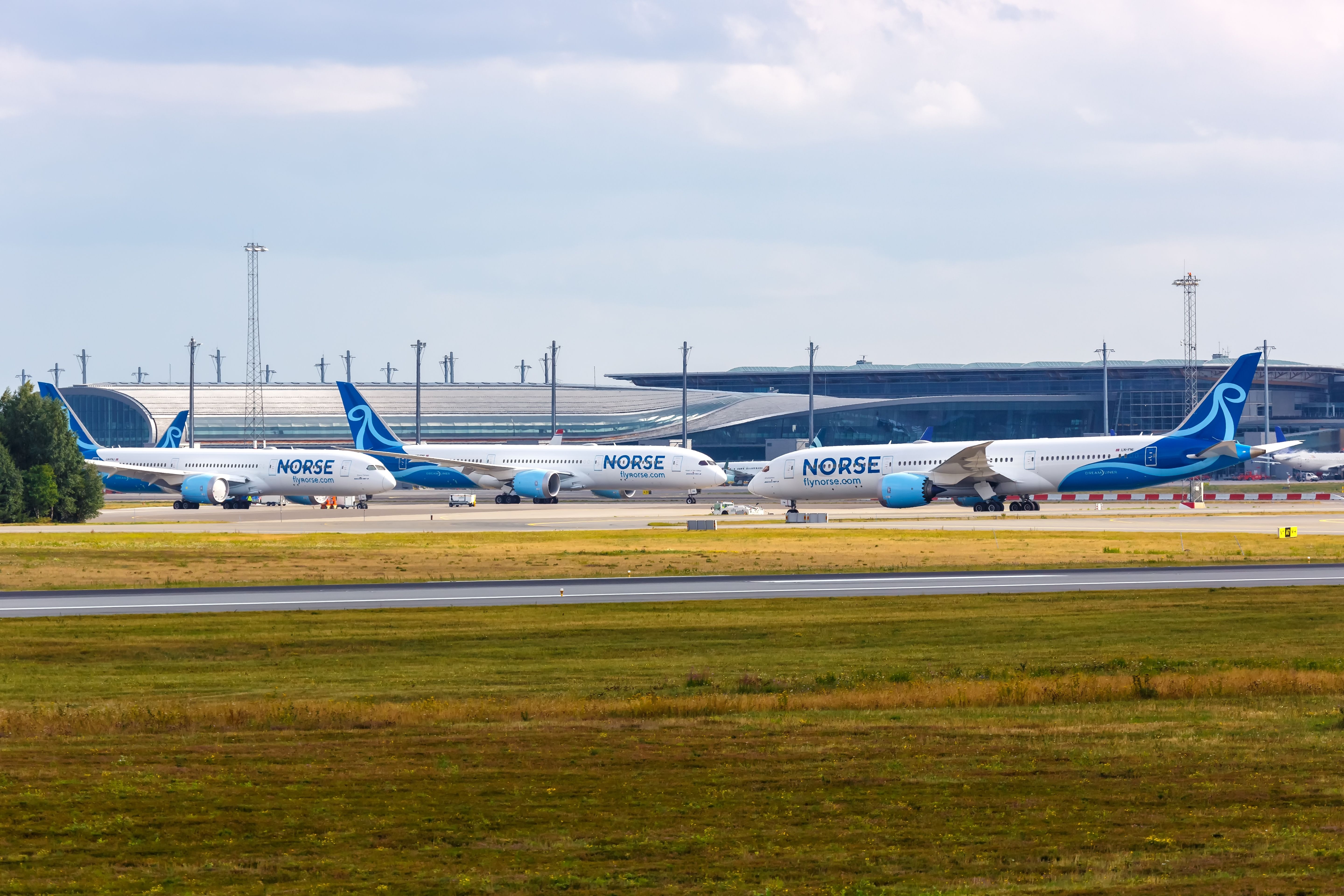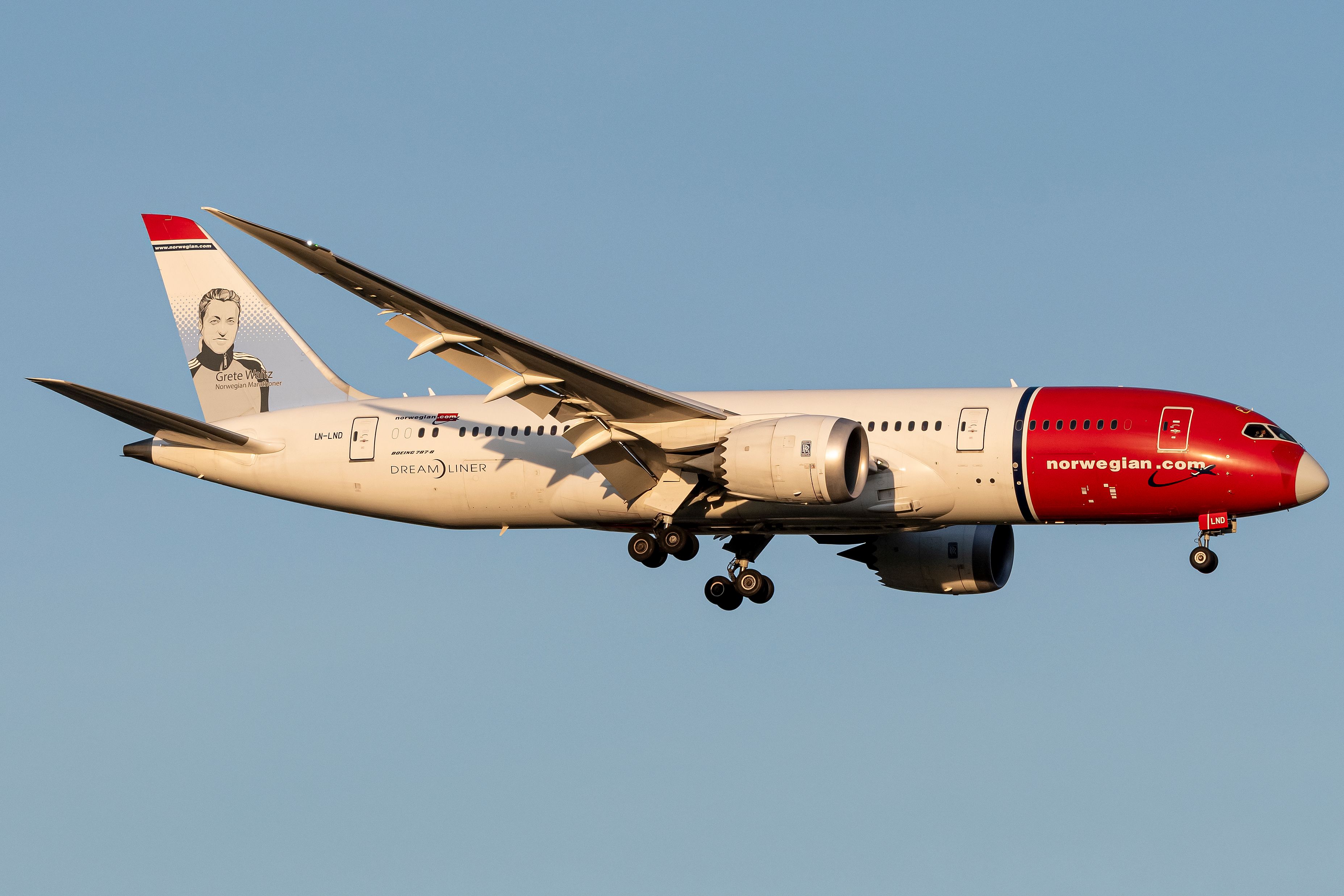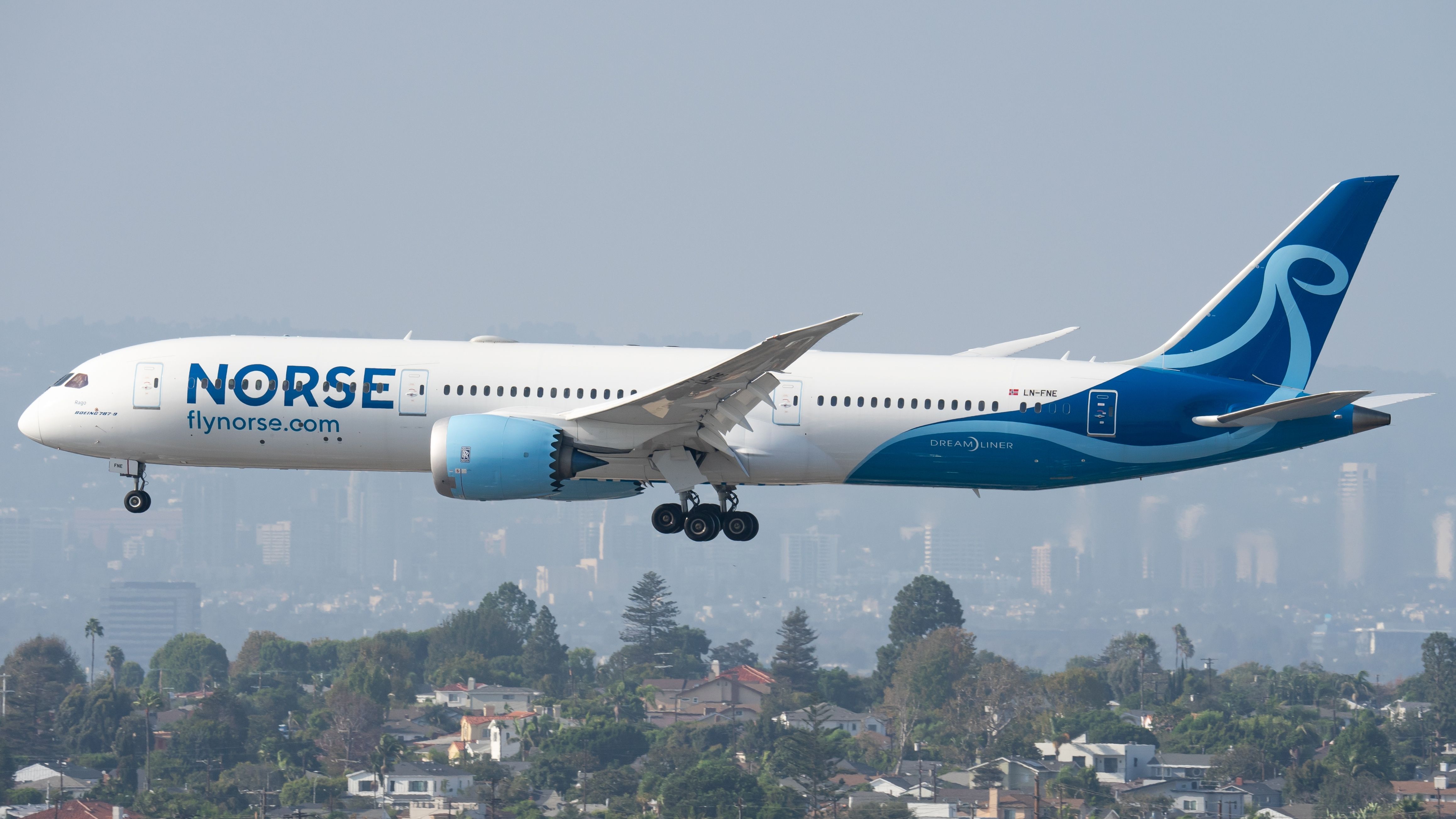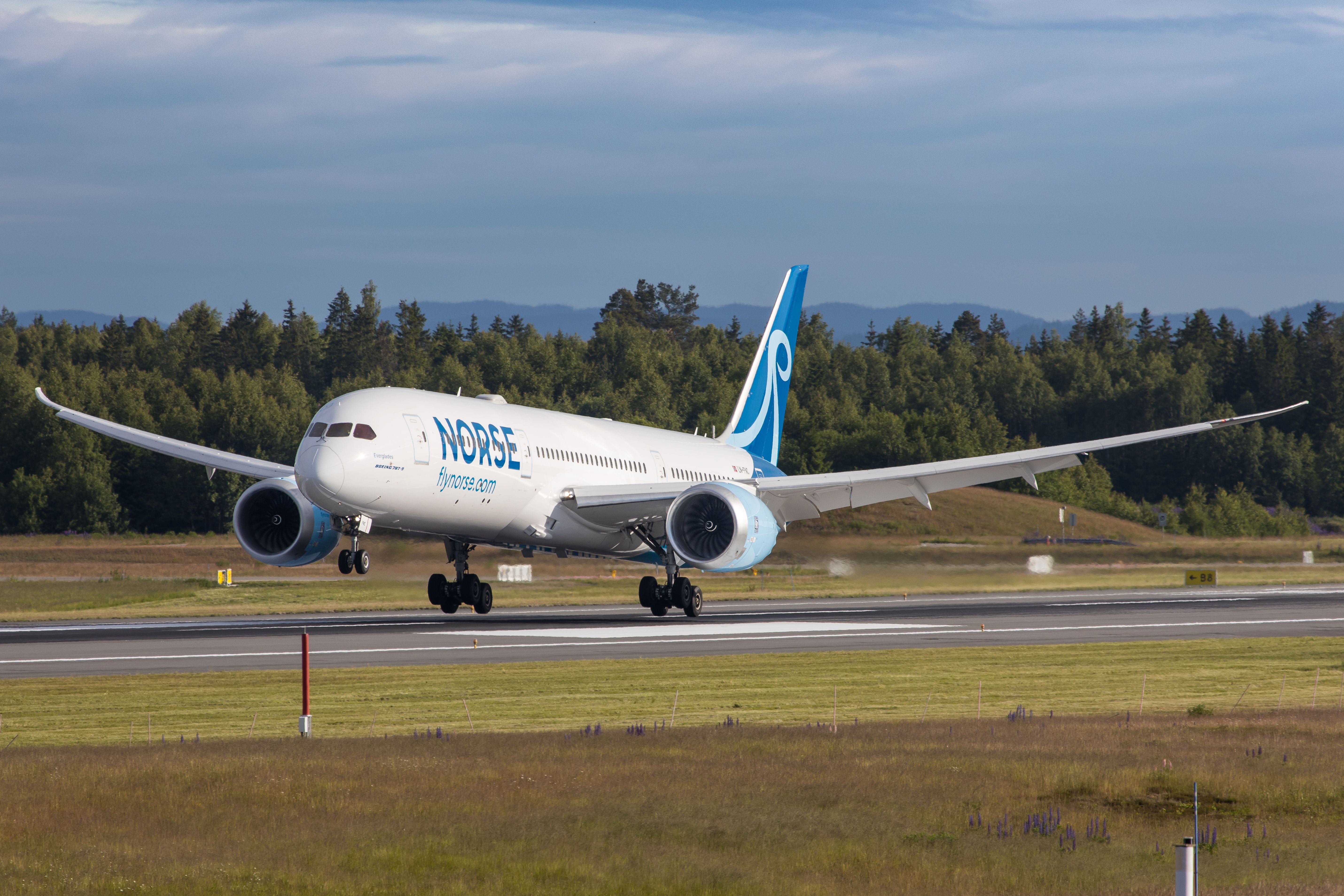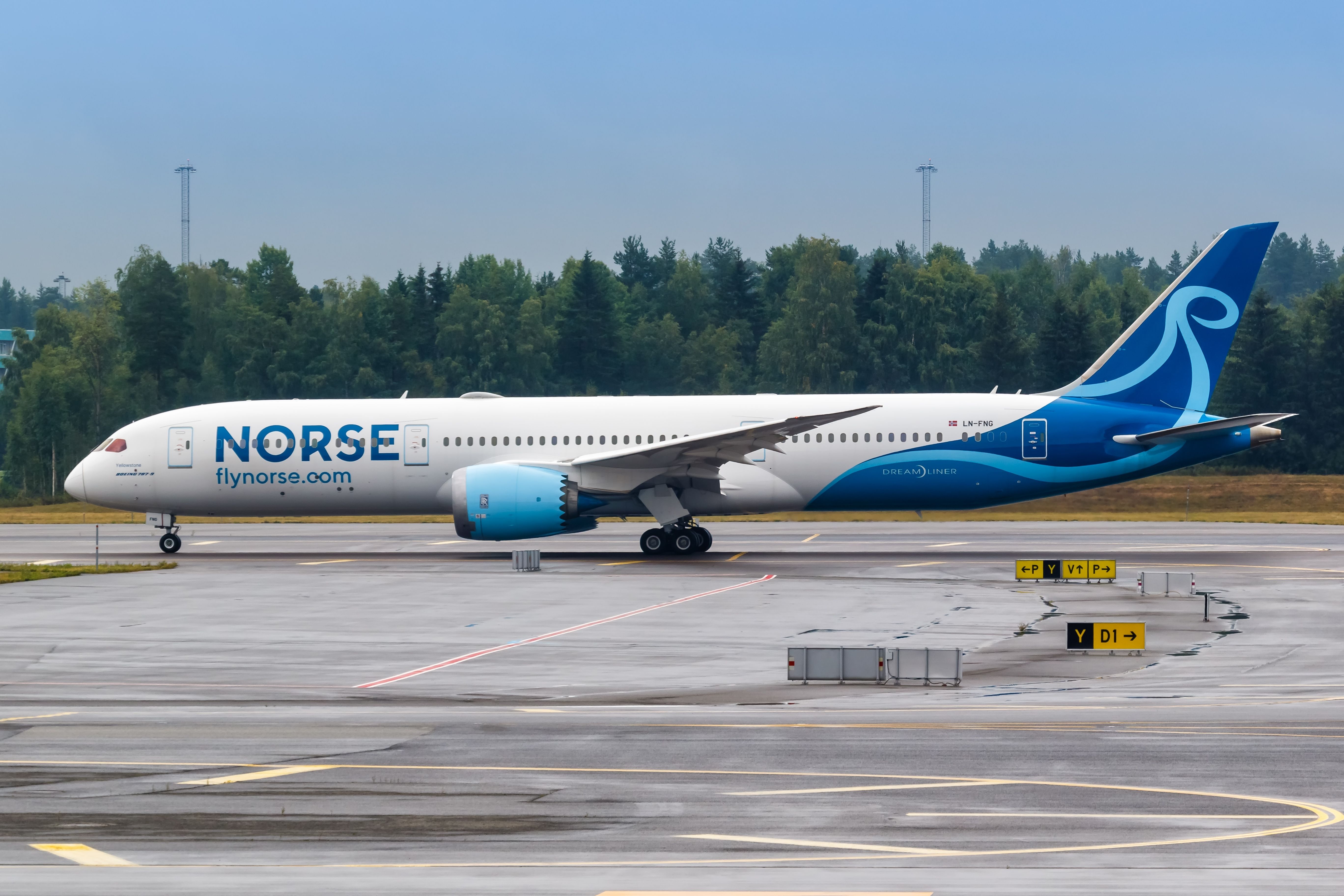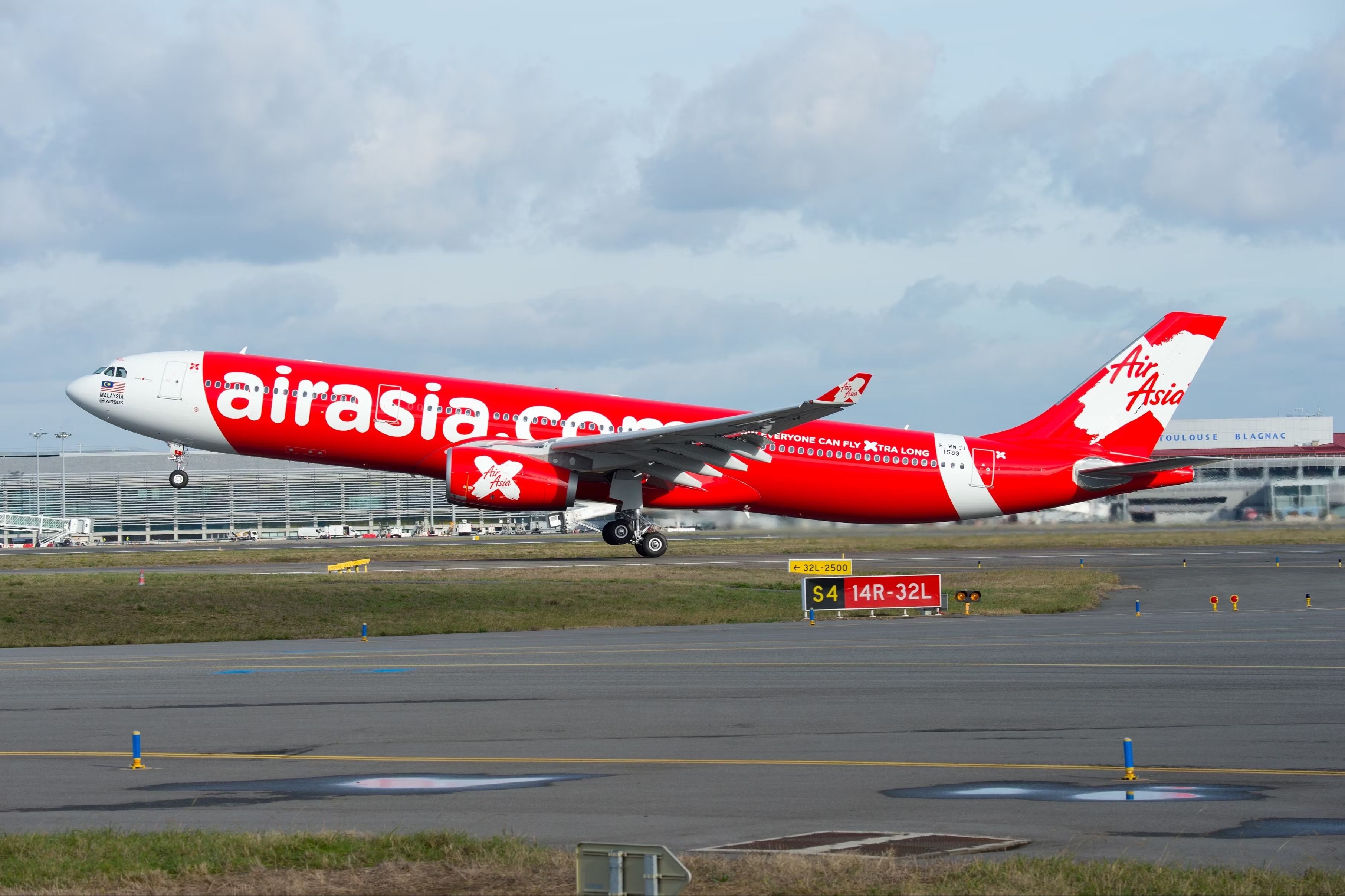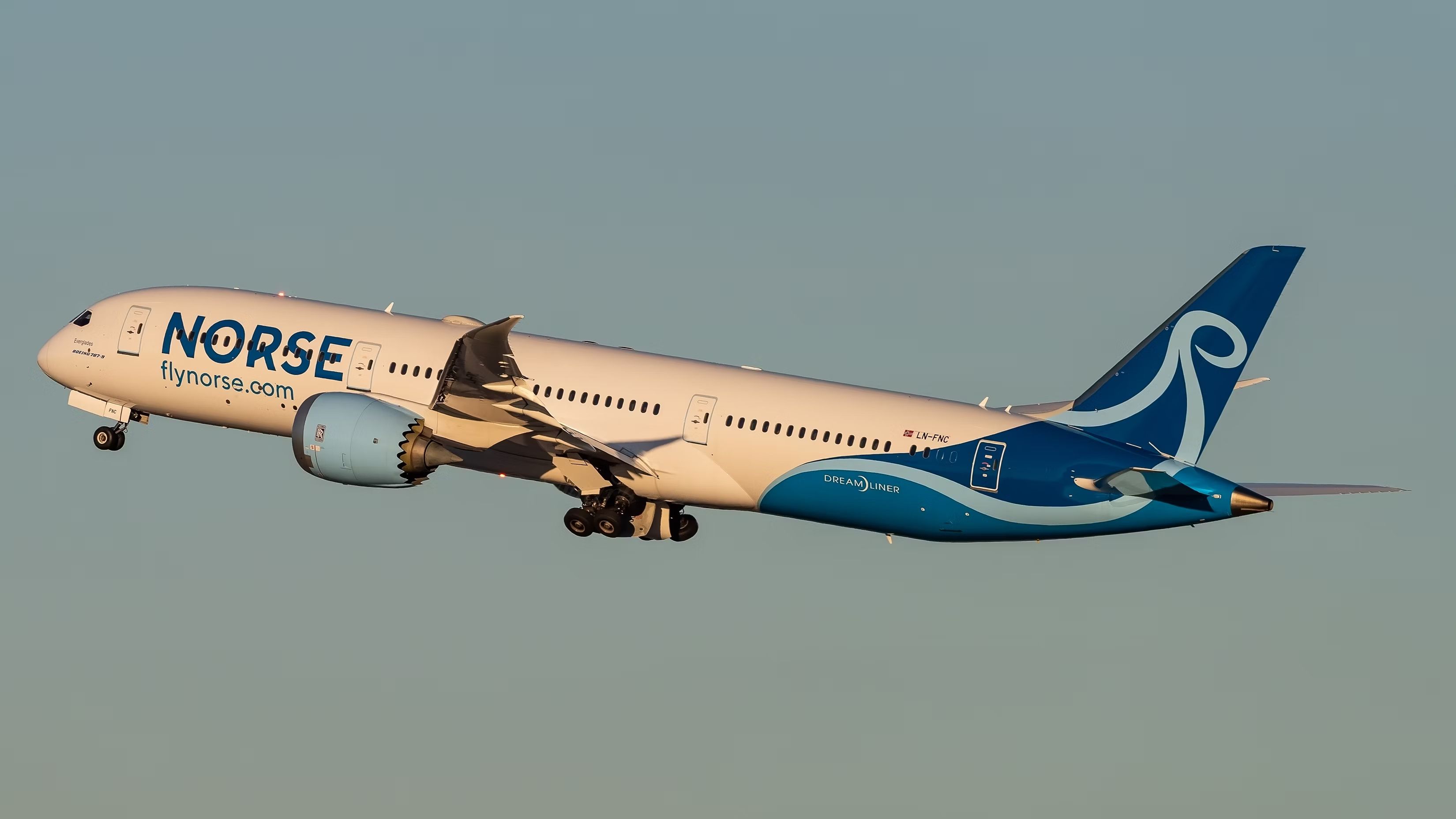In January 2021, Norwegian Air Shuttle suspended its long-haul transatlantic operations, disappointing many who had enjoyed the carrier’s affordable service between North America and Europe. While the COVID-19 pandemic likely played a major factor in the collapse of the airline’s long-haul route network, the carrier was already losing significant amounts of money before the global travel slowdown.
Norwegian’s long-haul business model failed, and when compared to the collapse of WOW Air—another carrier that attempted to operate on a model of long-haul, low-cost transatlantic flying—the question is whether low-cost flights in the Europe-North America market could ever be a profitable venture.
Photo: Markus Mainka | Shutterstock
Now, an airline has arisen from the ashes of Norwegian’s long-haul network and aims to revive the carrier’s overarching business model. Norse Atlantic Airways—founded in 2021 and taking to the skies in June 2022—aims to enter the low-cost transatlantic market, and unlike Norwegian, it claims to be here to stay.
But what truth is there to Norse Atlantic’s claims? Norse Atlantic isn’t the only carrier trying to successfully bring back a failed business model; Icelandic carrier PLAY has begun flying between America and Europe via Reykjavík, much as WOW did prior to its collapse.
So where does Norse Atlantic differ from Norwegian Air? Where does the carrier attempt to correct Norwegian’s failures, and why might they succeed in their pursuit to profitably fly low-cost across the North Atlantic?
A basic comparison
From a high-level perspective, Norwegian and Norse Atlantic seem to have much in common. Both operate(d) long-haul between major US cities (mainly on the East Coast) and European cities utilizing Boeing 787-8 and -9 Dreamliners, although Norwegian also used Boeing 737 MAX aircraft to connect some smaller cities like Providence, Rhode Island.
Photo: Vincenzo Pace | Simple Flying
Furthermore, both airlines employed a similar marketing strategy, plastering Instagram and Twitter with advertisements centering on the low fares and accessibility of destinations.
Norse Atlantic and Norwegian’s fleet commonality doesn’t just end with aircraft type; some of the new airline’s aircraft were previously used by its predecessor. After Norwegian’s fleet of Boeing 787s was grounded, Norse Atlantic’s founder and CEO Bjorn Tore Larsen negotiated a lease for 15 of the unused jets.
Photo: GingChen | Shutterstock
Norse Atlantic’s onboard product is also identical, with a no-frills attached economy class cabin and a slightly nicer premium economy section up front. However, there are a few key differences between Norwegian and Norse Atlantic that are important to note, which could have a significant effect on the carrier’s profitability.
Norwegian’s operations were significantly larger than Norse Atlantic’s, with the latter serving only three US destinations year-round: New York (JFK), Miami (MIA), and Orlando (MCO). It also maintains seasonal connectivity with Los Angeles (LAX) and will be launching to Las Vegas (LAS) this September.
Photo: Photofex_AUT | Shutterstock
Norse Atlantic has also maintained a Caribbean focus, connecting Barbados (BGI), Montego Bay (MBJ), and Kingston (KIN) to European destinations at times. Additionally, it is rolling out a new seasonal connection to South Africa next month and launched a direct service between Oslo and Bangkok last fall.
Norwegian’s network and operations were significantly different from those of its successor. The carrier primarily served nineteen destinations in the United States, in addition to Puerto Rico and the US Virgin Islands. Norwegian’s expansion was far more aggressive, and the airline opened routes much quicker than Norse Atlantic currently does.
Norse’s model
The reason why Norse Atlantic could be in a better position to succeed is found when one looks beyond just Norwegian’s failed long-haul business. Notably, the airline’s long-haul network was an expansion of the carrier’s highly successful low-cost, short-haul European network.
Photo: Markus Mainka | Shutterstock
Norwegian attempted to adapt its short-haul model to succeed in the transatlantic market, a strategy that was ultimately doomed to fail. The airline utilized its same aggressive expansion tactics that brought them success in Europe and hoped they would fare just as well across the Atlantic.
This, however, ultimately proved to be a bad decision, as the airline’s costs would soon far exceed its revenue on these routes. Norse Atlantic, by contrast, is establishing a newer business model focused on slower expansion in more targeted markets. It has also established a UK-based subsidiary, Norse Atlantic UK, which launched in the summer of 2023 and will connect London Gatwick Airport (LGW) to five US destinations this summer.
A look at AirAsia X
While there are few case studies to examine as the low-cost long-haul market is relatively new, there are places to look that could give some hints into Norse Atlantic’s future.
One example that could relate to Norse’s situation is found in Southeast Asia, as AirAsia X currently operates a successful model of long-haul budget travel. Initially, budget carrier AirAsia sought to expand its profitable short-haul low-cost network by establishing AirAsia X, a long-haul sister airline.
Photo: Airbus
Throughout the first half of the 2010s, AirAsia X expanded aggressively, much as Norwegian Air did, and struggled along the way. Costs were high, and the carrier struggled to break even for years. Following the pandemic, however, AirAsia X cut back on its route network and focused on more targeted service to high-demand destinations.
Perhaps slow, cautious expansion on high-demand leisure routes is the key to success in the low-cost long-haul market. Should that be the case, Norse Atlantic could be on track to succeed.
Promising progress
Skepticism exists across the board regarding Norse Atlantic’s potential to succeed in the coming years, primarily based on the collapse of Norwegian’s long-haul network. However, despite their seemingly bleak prospects given Norwegian’s history and the complex challenges of long-haul budget flying, some arguments lean in Norse Atlantic’s favor.
As per the carrier’s most recent financial results, Norse Atlantic posted a 97% growth in revenue year-on-year for Q1 2024, although it is still chasing a quarterly profit following losses of $169 million over 2023. Nonetheless, the progress is promising and suggests that Norse Atlantic isn’t doomed to fail as many have projected. Certainly, the growth, development, and success of this young airline will be fascinating to follow in the coming years.

